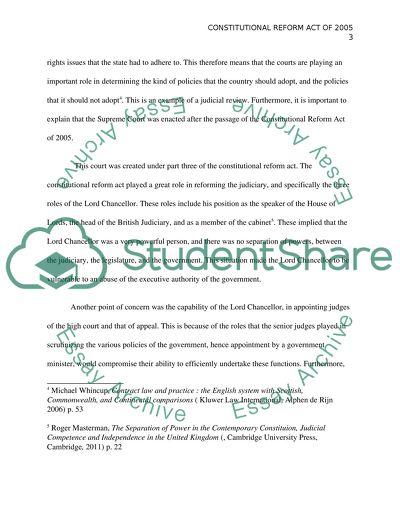Cite this document
(“What were the main changes brought about by the Constitutional Reform Essay”, n.d.)
What were the main changes brought about by the Constitutional Reform Essay. Retrieved from https://studentshare.org/law/1686416-what-were-the-main-changes-brought-about-by-the-constitutional-reform-act-2005-and-why-were-these-considered-necessary
What were the main changes brought about by the Constitutional Reform Essay. Retrieved from https://studentshare.org/law/1686416-what-were-the-main-changes-brought-about-by-the-constitutional-reform-act-2005-and-why-were-these-considered-necessary
(What Were the Main Changes Brought about by the Constitutional Reform Essay)
What Were the Main Changes Brought about by the Constitutional Reform Essay. https://studentshare.org/law/1686416-what-were-the-main-changes-brought-about-by-the-constitutional-reform-act-2005-and-why-were-these-considered-necessary.
What Were the Main Changes Brought about by the Constitutional Reform Essay. https://studentshare.org/law/1686416-what-were-the-main-changes-brought-about-by-the-constitutional-reform-act-2005-and-why-were-these-considered-necessary.
“What Were the Main Changes Brought about by the Constitutional Reform Essay”, n.d. https://studentshare.org/law/1686416-what-were-the-main-changes-brought-about-by-the-constitutional-reform-act-2005-and-why-were-these-considered-necessary.


